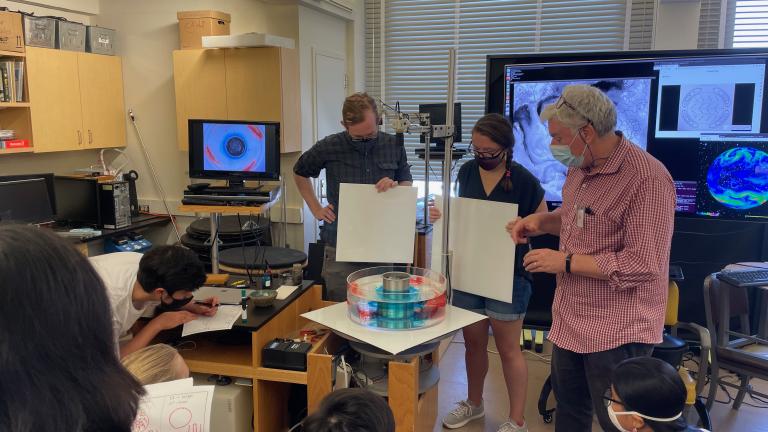
Photo Credit
EAPS News
Martin Velez Pardo, Phoebe Lin, Juliana Drozd, Brain Hoh and Lodovica Illari
Fall 2021 marks the first semester since the start of the COVID-19 pandemic where first-years could begin their MIT journey with some of the usual new student offerings, including pre-orientation programs. The Discover Earth, Atmospheric and Planetary Sciences (DEAPS) program brought together a group of 20 incoming first-years to explore the different disciplines that call EAPS their home through a wide range of academic and social activities, involving interactions with faculty, students and staff. As the fall semester comes to a close, take a look back at some of the activities the first-years participated in.
See the full story, including photos and video, here






